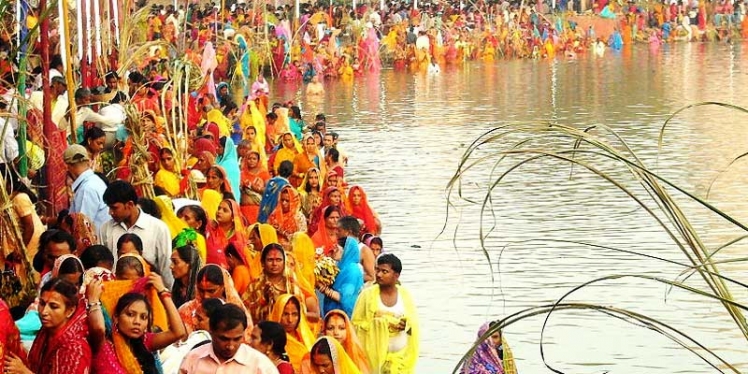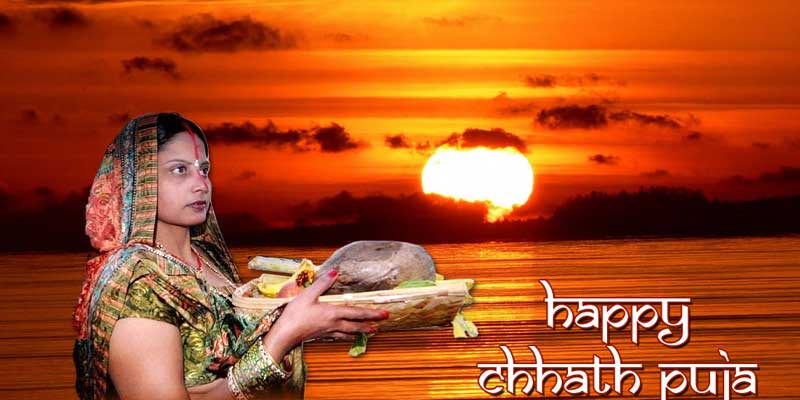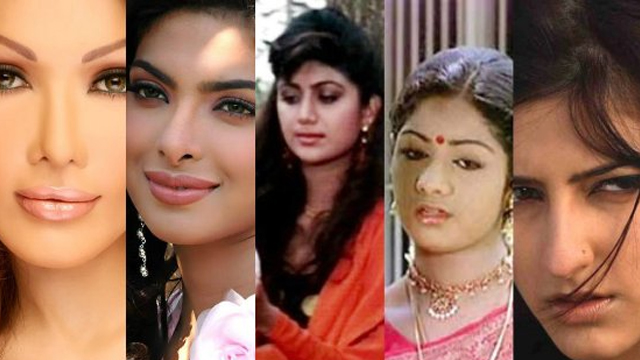Chhath Puja is religiously celebrated every year, in the northern states of India, since times immemorial. The four day festival is performed on the sixth day of the month of Kartika in the Hindu calendar.
Worshipping the Sun as a deity is not rare.
A number of cultures like Egyptian, Indo-European, Meso-American etc, use solar motifs and had a common belief- the Sun is the bestower of light and life to the totality of cosmos.
He is the stern guarantor of justice, enlightenment and a constant source of wisdom.
While different regions have their own way to worship the Sun god, India is the only region where we “worship the setting Sun” too. Chhath Puja is religiously celebrated every year, in the northern states of India, since times immemorial. Considered a way of gratitude towards the Sun god, devotees worship the god very enthusiastically for the well being and progress of the family members and peers.
The four day festival is performed on the sixth day of the month of Kartika in the Hindu calendar.
The rituals follow for four days, during which the worshipper and the family observe purity and sleep on the floor. Popular mostly in the northern part of India, we share a few untold facts about the festival of Sun god.
1. Worshipping the setting sun
Nowhere in the world and in no other religion do people worship the setting Sun, except us. People pay their gratitude to the Sun god for sustaining life on earth and pray to come forth every day, so as to keep the cycle of life continued. Scientifically, during both these periods (morning and evening) the solar energy has lowest level of ultraviolet radiations throughout the year, which is why the rays are very beneficial for the body.

2. Requires no priest
Unlike other festivals observed in Hinduism, Chhath puja is the only one where you don’t require a priest to sanctify the ceremony. It is more of a personal celebration, given the fact that the rituals are difficult, and need innate courage and will power to practice.

3. Performed to cure diseases
Because the rays of the Sun are least harmful on these days, the puja is said to cure diseases and relieve the worshiper/peers of any illness. The rituals provide the worshiper mental calmness by detoxifying the body and mind, and by enhancing the energy level and immunity. Because the worshiper and family has only one meal a day, it is believed to make them develop patience and rid them of negative emotions.
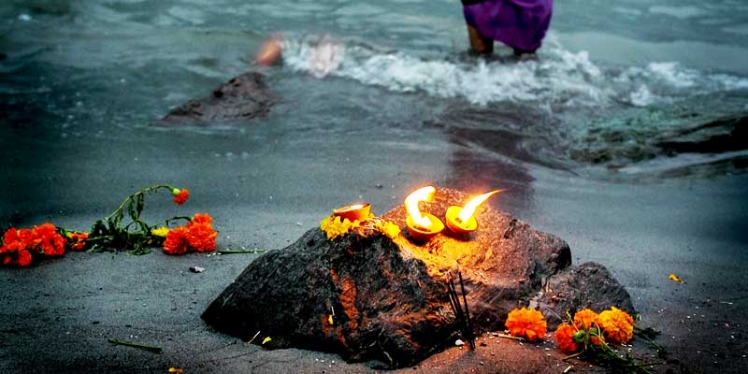
4. Cycle of death and rebirth
There is more to the worshipping of setting Sun, than just expressing one’s gratitude to the Sun god. The festival is also considered auspicious because prayers are offered to the setting Sun and rising Sun, symbolic to the cycle of death and rebirth.
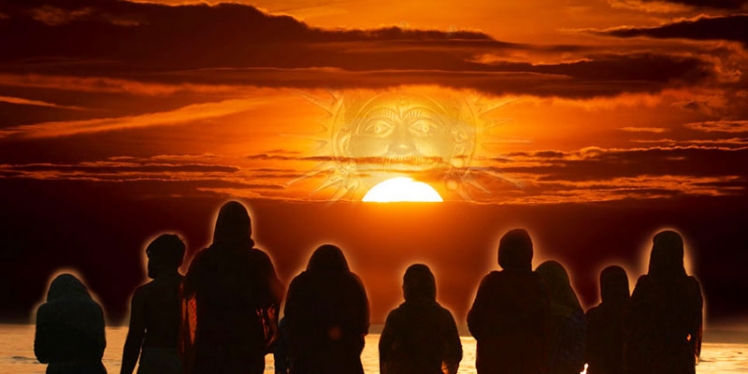
5. Worshippers are mostly women
The four day festival is the only festival where a woman is the worshiper and not the man. The men of the family help in the other household chores and setting up of the place of worship. The woman prays for the well-being of her family, and for the prosperity of her off springs. It is believed that Draupadi in Mahabharata observed the puja for ending her problems and getting Pandavas their lost kingdom.
Also, one of the major reasons of the festival being celebrated largely in Bihar and neighbouring states, is because Karna, the son of Surya (Sun god) was the King of Magadh (now Bihar). He was the first one to start worshiping the Sun god, which was then on followed by the people of his kingdom.
